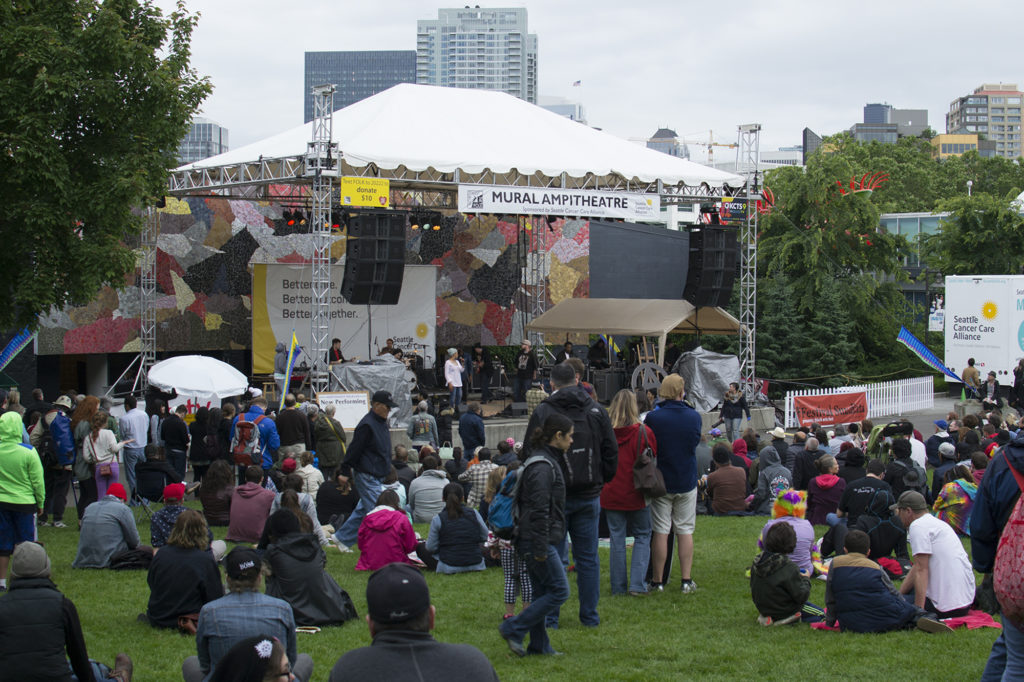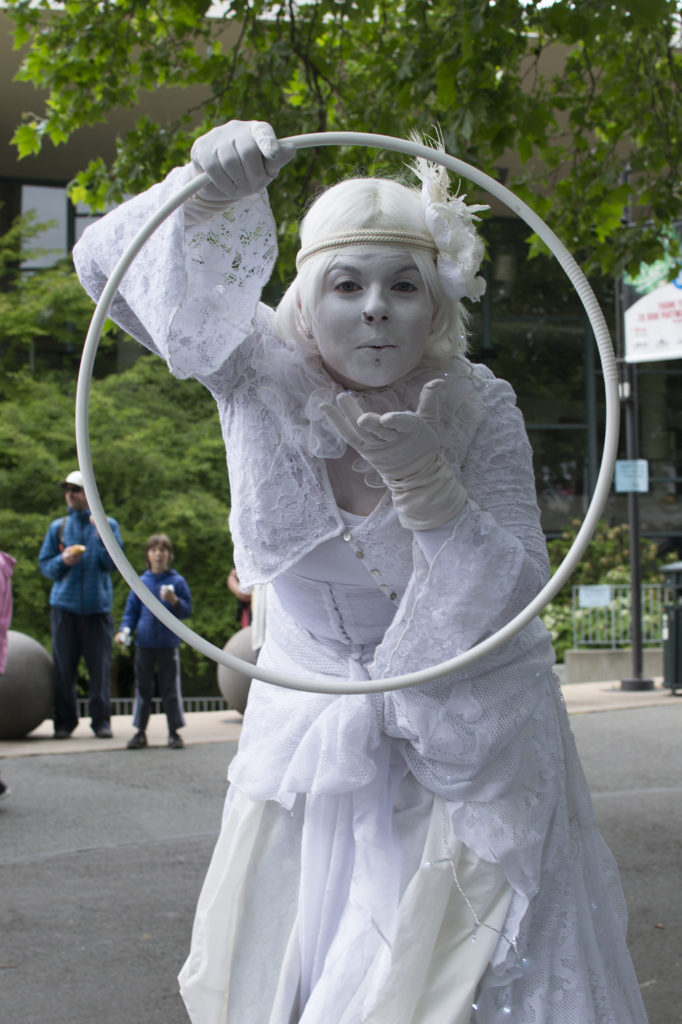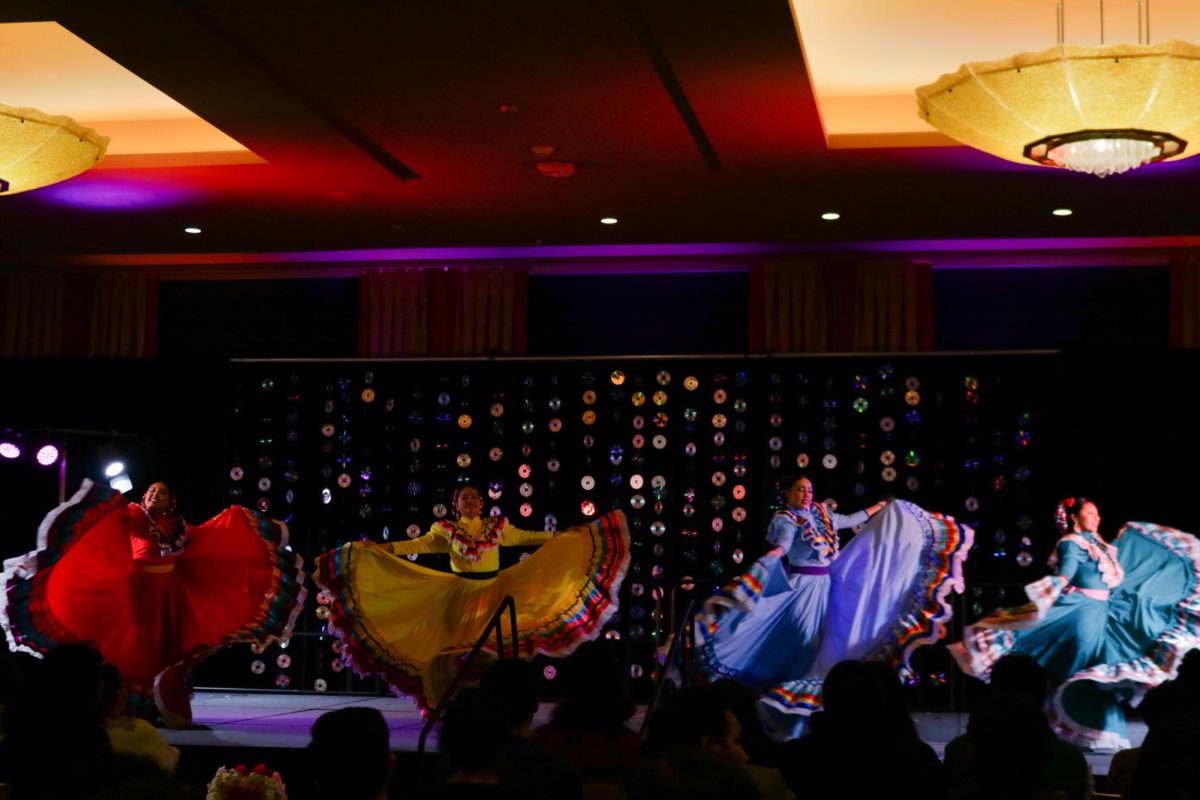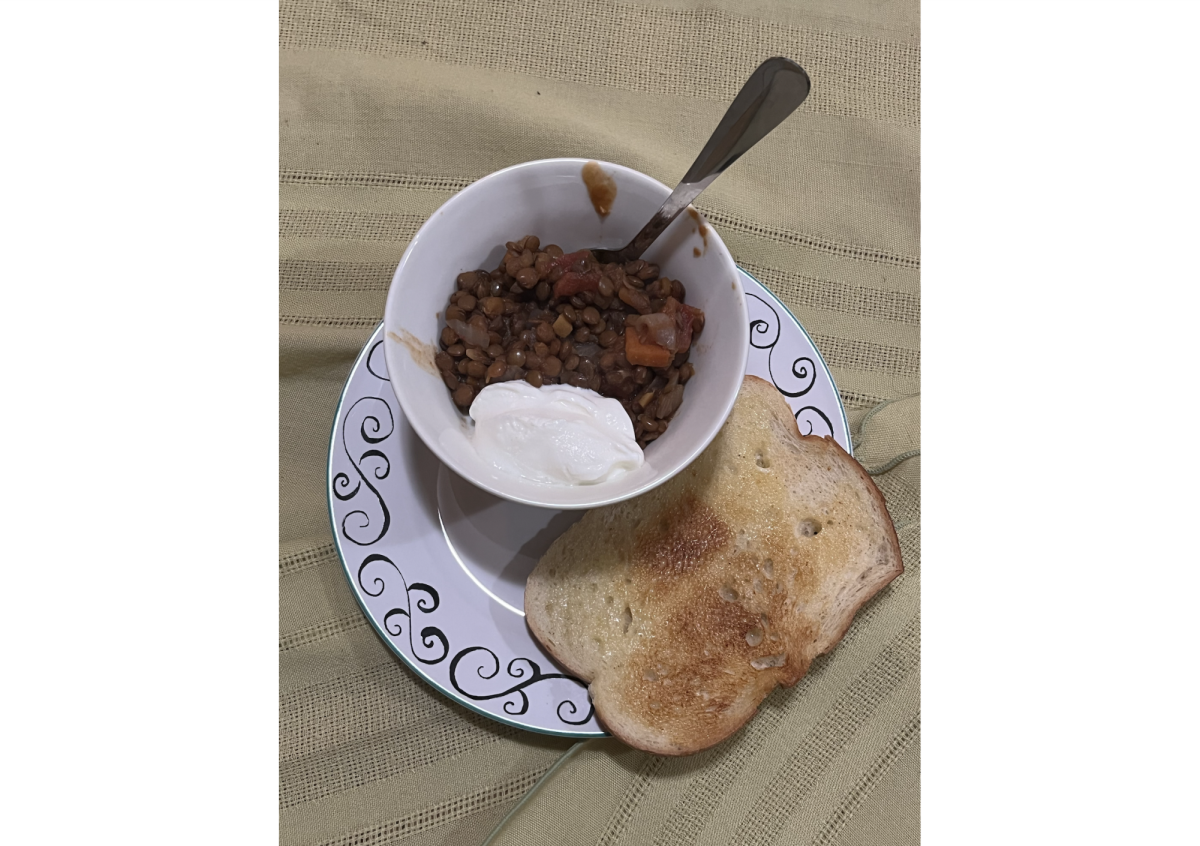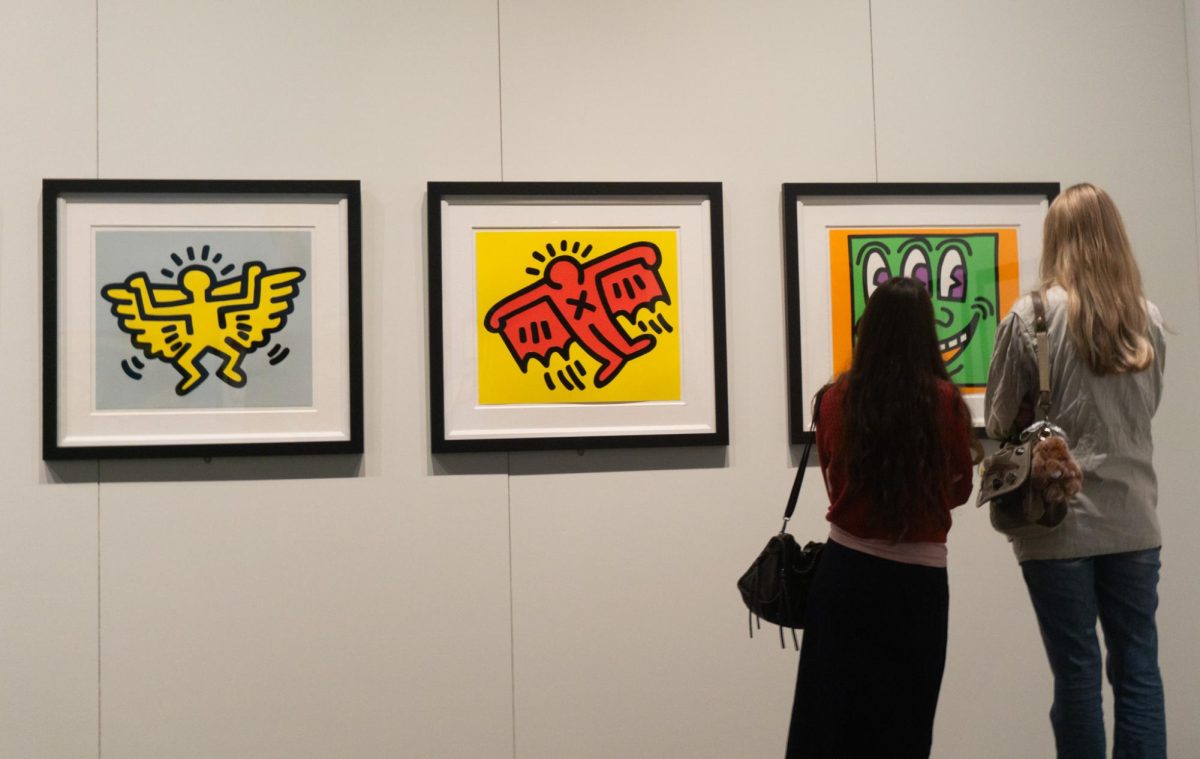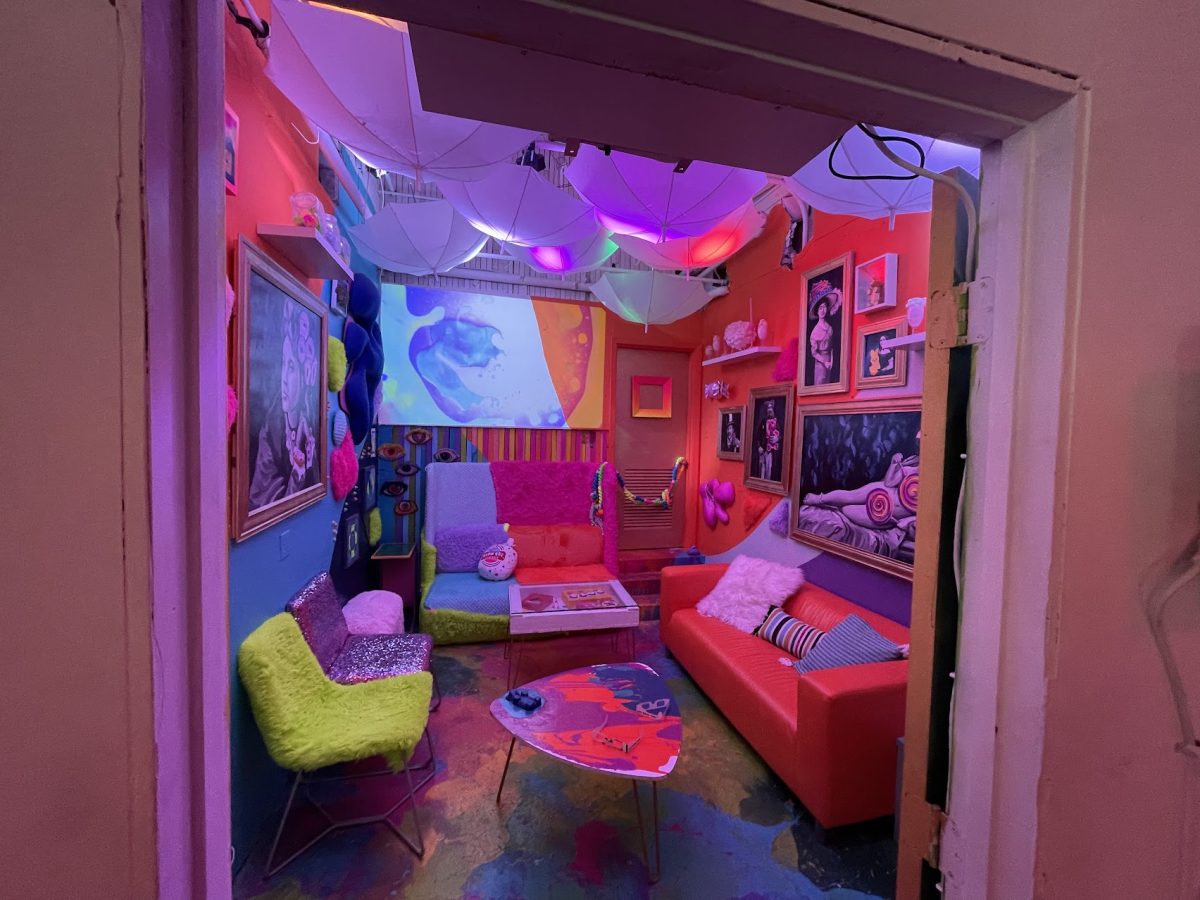Hundreds of musicians, singers, dancers and other artists gave thousands of festival-goers a taste of different cultures at the 45th annual Northwest Folklife Festival over the weekend. The four-day-long festival is one of the biggest events of its kind, dating back more than four decades to when it started as a group of musicians who simply wanted to play songs together. As the jam session grew, so did the audience, and staff was eventually needed to keep things organized. Now, Folklife is attracting people from across the country year in and year out to enjoy the food, music and art of our big Pacific Northwest neighborhood.
“Folklife is a way to share culture,” said Rob Townsend, Executive Director of Northwest Folklife. “Each year we have a huge stable of people who are interested in self-expression. For all its size and scope, it’s still community-powered.”
I spent Sunday roaming the festival with friends. We walked the fairground aimlessly, taking in all kinds of sights, sounds and smells. I saw street performers surrounded by captivated audiences, food trucks serving cuisine from countries whose names I can’t pronounce, and I heard warm melodies and voices of talented musicians—some of whom traveled from far away just to play music in front of a crowd, and all of whom did it for free.
In 2015, Folklife attracted more than 235,000 people. This year, even more came. The weather was at times gray and soggy, but it didn’t dampen spirits. Many visitors have been coming to the festival since it began more than four decades ago. For others, it’s a new experience.
“It was nice to be so carefree,” said Seattle University sophomore Alyssa Lau. “Everyone was so open to sharing song, dance and beliefs.”
Lau added that she liked seeing people from different generations, the young and the old, coming together to celebrate and share different cultures.
Ashley Haong, also a sophomore from Seattle U, went to this year’s Folklife as well. This was her second time at the festival, given that she went last year with her family. This year, she got to meet lots of beautiful dogs, get close with a pair of well-trained police horses and climb around the playground by the EMP. She also danced to some blues music and window-shopped at a tent selling vinyl records coated in paint.
“It’s fun to explore the festival with friends,” Haong said. “It was quite packed and easy to get lost among the crowd.”
Northwest Folklife is a nonprofit organization that holds residence in the Seattle Center. This year, the festival was made possible by a dedicated group of more than 800 volunteers and a group of donors otherwise knowns as “Friends of Folklife”. Each year, the festival welcomes a sea of people looking for nothing but relaxed fun. Still, Townsend is convinced that there’s room for growth
and improvement.
“Our job is to showcase as much of the cultural diversity as we can,” Townsend said. “The opportunities we have here are available for everyone. We want this to be accessible to anyone. We have to reach out to newer audiences.”
Townsend said there are two groups in Seattle that have yet to be introduced to the Folklife festival and experience the vibrancy of our culture: young, well-paid workers in the tech industry and members of the immigration refugee population.
“There is nothing like this festival anywhere in our country,” Townsend said. “To the people of Seattle, the Folklife festival is a gift.”
Nick may be reached at nturner@su-spectator.com


